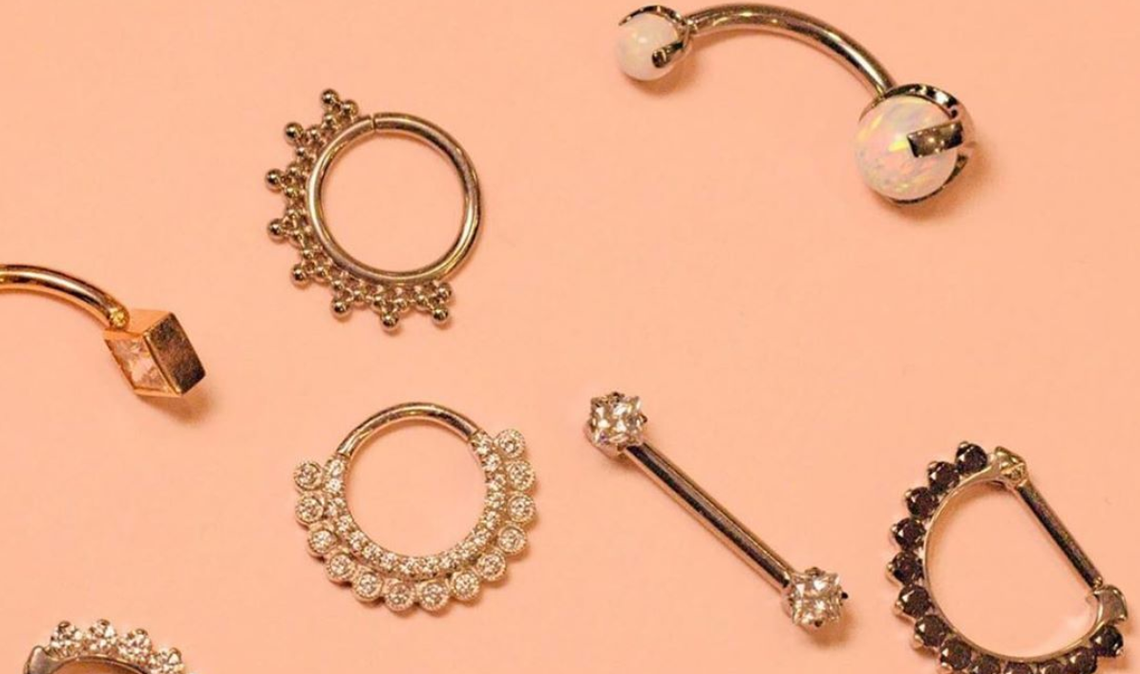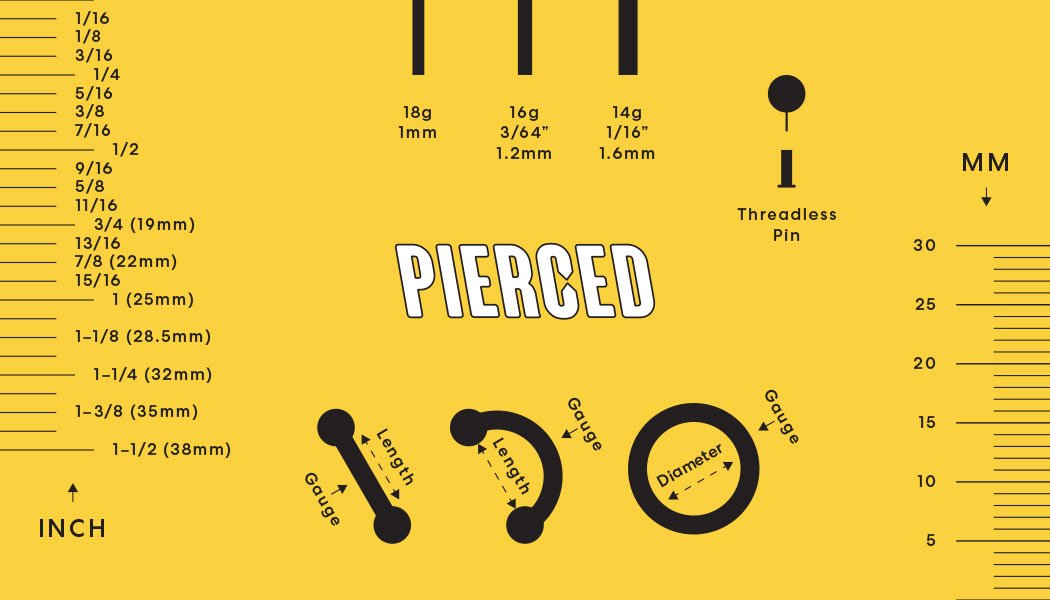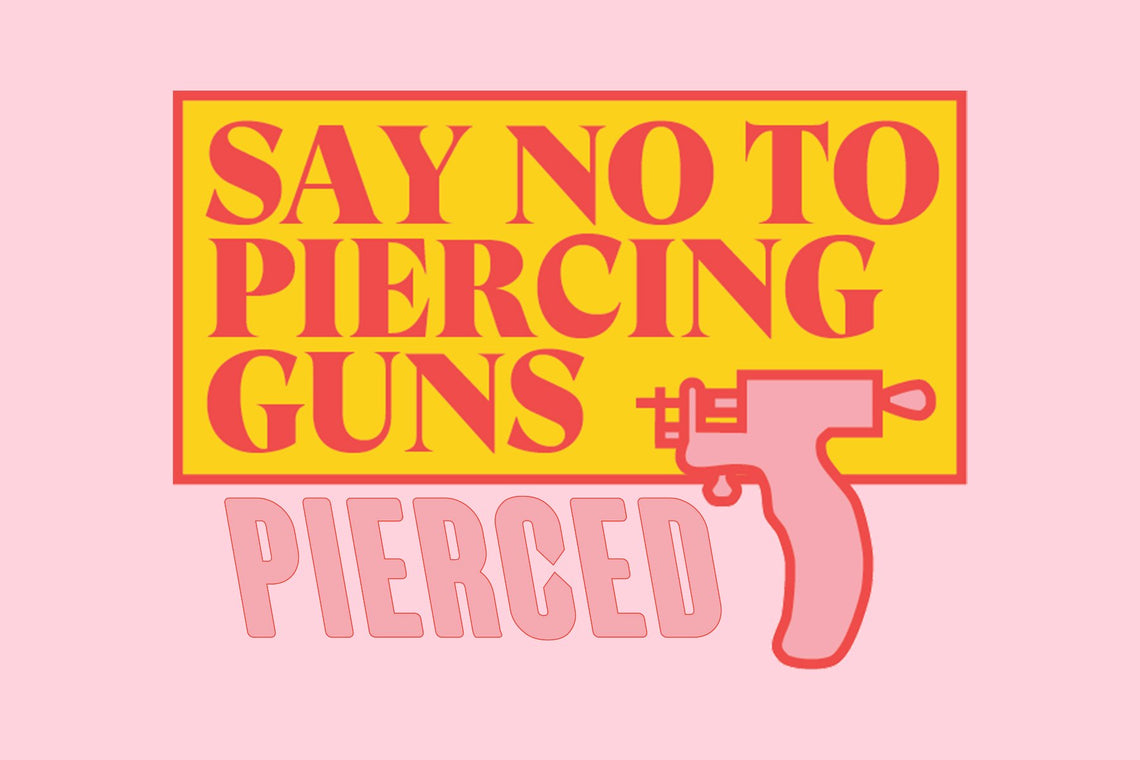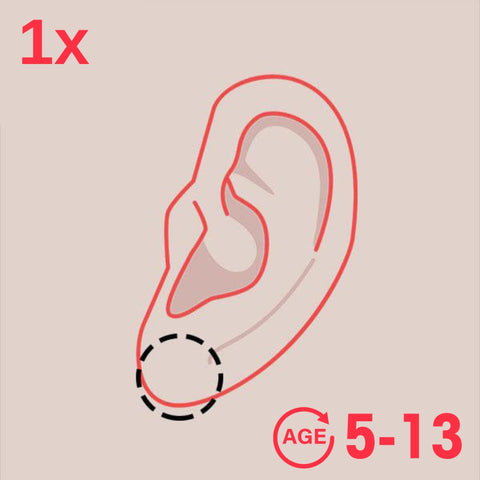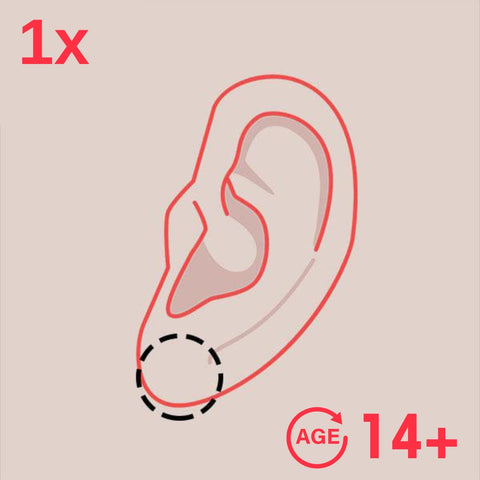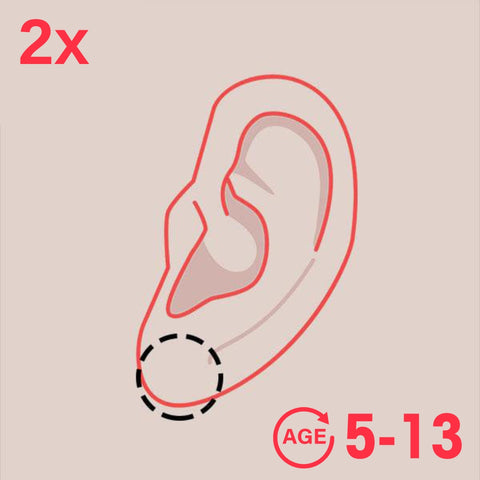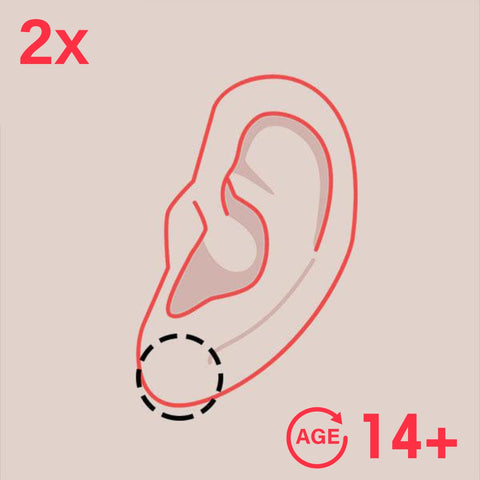Your piercing doesn’t end when you get out of the artist’s chair. Once your body is pierced, the aftercare process begins. Diligent piercing aftercare ensures you heal properly, faster, and more comfortably.
This guide runs through the basic steps, tips, and products you should know for healthy and effective healing. First, we look at why your piercing aftercare routine is important.
What Happens If I Don’t Follow My Piercing Aftercare Routine?
Piercings are awesome, but they are a responsibility. If you don’t follow your piercing aftercare routine you are putting your piercing, and your health, at risk.
When you are pierced you are creating a wound in your body, aftercare is how you ensure that wound heals the way you want it to. The most important factor in this is preventing an infection. If a fresh piercing is infected, the skin can heal over the infection, which can become a severe problem.
As well, an aftercare routines ensure that your piercing turns out the way you want it. It reduces the risk of your body rejecting the piercing and ensures that it doesn’t heal crooked.
Your aftercare routine also helps to make the healing process more comfortable. It speeds up the process so you can change your jewellery or get the next part of your curated ear piercing project sooner. As well, it helps you manage swelling and pain during the process itself.
Fortunately, a piercing aftercare routine is easy to follow. It just requires consistency.
Piercing Aftercare Steps: A Basic Aftercare Routine
Step 1: Daily Cleaning
You should clean your piercing once a day. Do not remove the jewellery in during cleaning. The jewellery should be left inside the piercing until it has completely healed. Removing and reinserting jewellery will irritate the piercing. As well, it risks having the piercing closing over if the jewellery is out for too long.
Start by washing your hands, then gently apply an antimicrobial soap to the entry and exit holes of the piercing. As well, clean any visible parts of the jewellery without pushing or pulling on it. Spend about 30 seconds cleaning working the soap into the area.
Once thoroughly cleaned, rinse away all soap residue and pat dry with a paper towel or allow to air dry. Cloth towels can have bacteria on them and should be avoided.
Avoid over cleaning. If your piercer recommends cleaning once a day, do not exceed. Extra cleanings can dry out or irritate the piercing.
Step 2: Sea Salt Soaks
Using a sterile saline solution soak the piercing at least once daily. Soak a gauze pad, or paper towel, in the solution and apply gently press it to both sides of the piercing. Leave on for 5-10 minutes before rinsing with warm water.
Unlike cleaning, soaks can be done multiple times per day.
Step 3: Protect the Piercing
Throughout aftercare, you want to make sure you minimize any irritation to the piercing. The biggest aspect, stop touching your piercing.
We get it, a new piercing is exciting and the area feels different. It may even itch at first. But the more you touch it, the slower it will heal.
As well, you want to prevent anything else that will push or pull on it. For instance, for an ear piercing, you may want to avoid hats and try not to sleep on that side of your head.
You also want to keep it dry, except when cleaning. It’s best to avoid activities like swimming, as well as not allowing other people’s saliva from coming into contact with the piercing (ex. kissing).
Step 4: Healthy Lifestyle
How you treat your body affects how it will heal. Activities like smoking and drinking will slow the healing process and should be avoided, especially in the first few days after the piercing. As well, getting enough rest will help your body heal much faster.
The better you take care of yourself during healing, the better your body can manage the piercing. Although you want to increase rest for the first few days, for most of the process regular exercise will promote healing. As well, a healthy diet will keep your body ready to fight off harmful bacteria.
Piercing Aftercare Tips
- Always consult with your piercing artist for the best aftercare program for you. They can help give a more accurate timeline for your healing as well as give piercing specific advice.
- You do not need to twist, turn, or rotate your piercing during cleaning. Minimize how much your jewellery moves.
- For threaded jewellery, check beads daily and tighten if necessary.
- Always wash hands before touching your piercing.
- Never use rubbing alcohol or hydrogen peroxide. These are too strong and will irritate your piercing.
- Choose initial piercing jewellery that will not move or catch. You can change the jewellery after healing.
- Mild discomfort, swelling, redness, and itching are normal. Bleeding, scabbing, and even clear/white pus is common during the first week.
- Do not apply makeup or fragrances directly on the piercing.
Piercing Aftercare Products
At Pierced we have specific products and brands we recommend for aftercare because of their success and reliability. While we recommend their use, we also provide what to look for if you choose an alternative.
Cleaning
For cleaning, we recommend using PurSan. PurSan is a medical-grade antimicrobial soap made specifically for piercing It is paraben and fragrance-free and can be found at most piercing shops.
As an alternative to PurSan, you can buy soap from your pharmacy. Look for clear, unscented bars of glycerin soap. Make sure to avoid any soaps that contain triclosan. Triclosan is a common ingredient in household soaps.
Sea Salt Soak
We recommend using NeilMed for salt soaks. NeilMed is a pre-packaged sterile saline solution that is mixed in with water.
For alternative brands, check the pharmacy for “Saline Wound Wash” products that contain only sea salt (sodium chloride) and water.
You can also make your own solution by mixing ¼ teaspoon of non-iodized sea salt into 1 cup of warm, pre-boiled water. Stir until dissolved, and do not reuse the solution when done as it is easily contaminated if allowed to sit. Also, do not add extra salt as it will irritate the piercing.
Consult With A Piercing Artist
If you have any questions or concerns during your piercing aftercare contact your piercing artist. They are happy to help and have experience with most common issues.
As well, when you get pierced your piercer will sit down with you to explain your piercing aftercare. While this guide offers general advice, your piercer gives instructions specific to your body and piercing.
Looking for a new piercing in Newmarket? Schedule a piercing appointment or visit us in the Upper Canada Mall in Newmarket.
Piercing Studios Near You
Mississauga
Square One Shopping Centre
100 City Centre Drive, Mississauga,
ON L5B 2C9
Phone
+1 (905) 232 -7226
Need an Experienced Piercer in Mississauga?
Working with an experienced piercer can make all the difference when it comes to your piercing experience. If you’re in the Mississauga, Ontario area and have any questions about ear piercing, body piercing or jewelry, give us a call or stop by our piercings studio today. We’d love to help walk you through what to expect and help you choose the right option.



